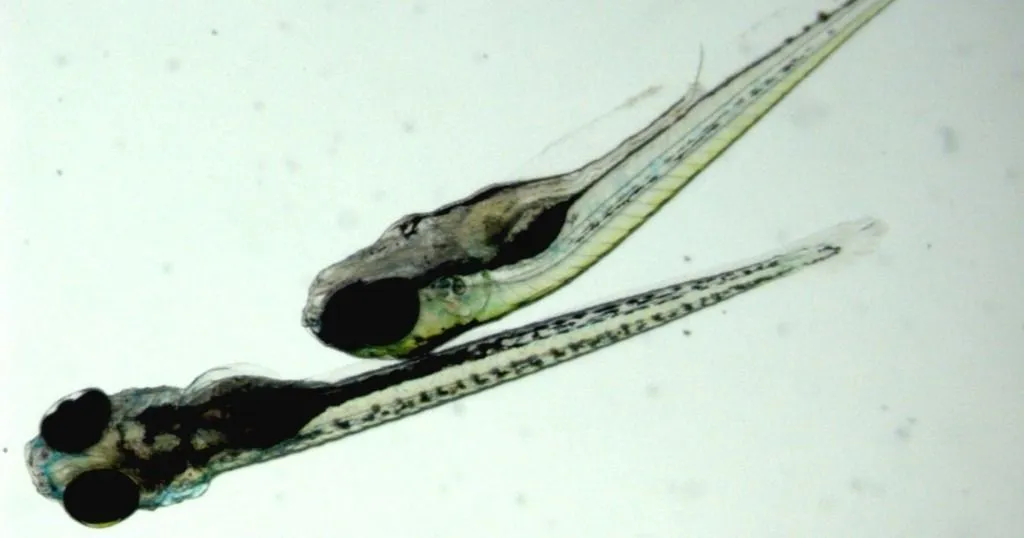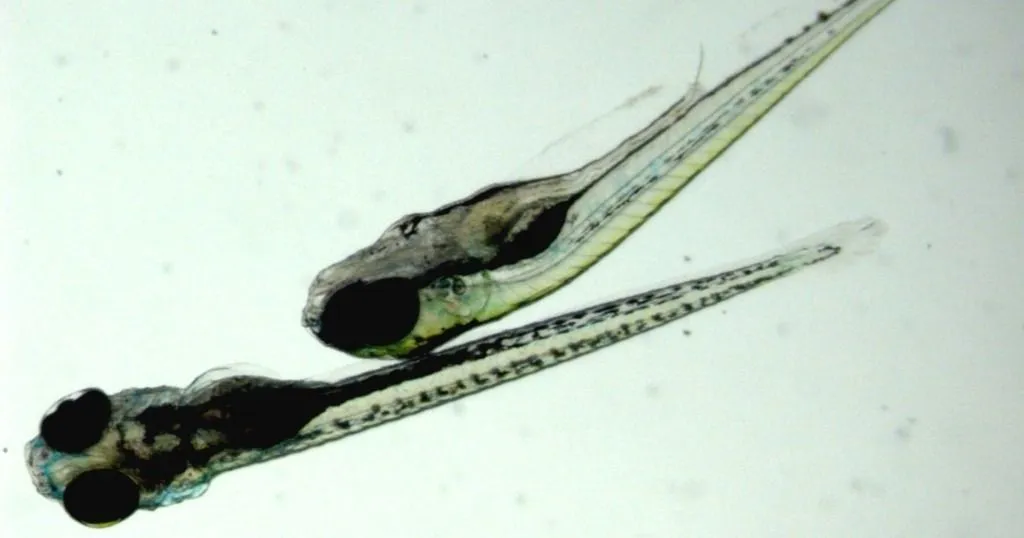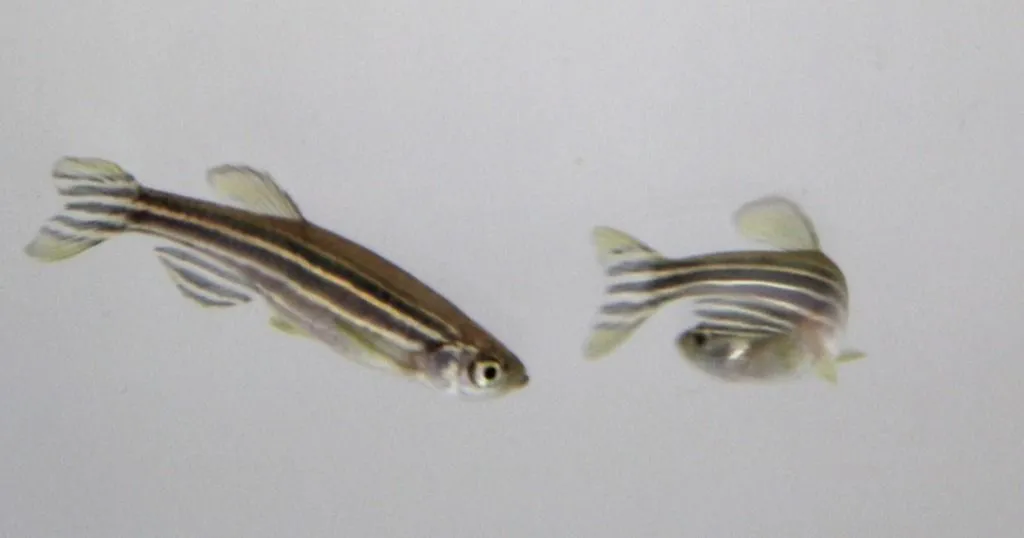Getting robust results: one zebrafish is not like the other
Zebrafish larvae locomotor behavior often has a high variability, which can have a big impact on your results. Still, it is one of the most used parameters. So how can you make your study more robust?
Posted by
Published on
Fri 15 Jan. 2021
Topics
| Danio Rerio | DanioScope | DanioVision | EthoVision XT | Locomotion | MediaRecorder | Video Recording | Video Tracking | Zebrafish |

Today, let’s talk about zebrafish. You know, one is definitely not like the other and that can have a big impact on your study. Especially if you are performing a high-throughput study. So, what does that mean, and how can you prevent variability?
Zebrafish locomotion as an important indicator
We can safely say that the zebrafish is an excellent model for a wide range of human psychiatric diseases, but also in toxicology and drug discovery studies. Larval locomotor behavior, the most popular and seemingly straight-forward behavioral endpoint, is used as an indicator for nervous system development and functioning.
Not the same fish
Thousands of studies focus on the activity and swim patterns of larvae, mostly in multi-well plates for high-throughput. A major challenge, like in many fields of research, is that results can vary. Literature shows that there is a high rate of variability between individuals, and while this is normal for natural populations, it can be problematic when interpreting the results of a study.
For this reason, the Swiss Federal Institute of Aquatic Science and Technology wanted a better understanding of the variability and predictability of larval locomotor behavior. Dr. Fitzgerald, postdoc at the Department of Environmental Toxicology, recently published a paper on it in Scientific Reports.
Intra- and inter-individual variability
This variability within groups of zebrafish might lead to irreproducible results. If there is a large difference in locomotion within a group, then the differences between treatment groups might be obscured. An otherwise nicely standardized protocol might seem not so robust anymore…
Testing at an individual level
Fitzgerald and her colleagues pose an interesting point: if certain aspects of zebrafish larva locomotion show consistency within the individual, then testing on an individual level, before and after treatment, might create a more robust experiment than comparing treatment groups.
Zebrafish larvae activity
In their study, they tested 132 wild-type zebrafish larvae in multi-well plates in a DanioVision system. Over the course of 3 days, animals were tested in the morning and afternoon at ages 5, 6, and 7 days post fertilization (dpf). A regimen with light and dark conditions tested for spontaneous swimming behavior, swimming in darkness, and swimming in light right after a period of darkness, as measured with EthoVision XT.
Consistent locomotion in the dark
It turns out that swimming activity stays pretty consistent within an individual, variability was especially low during the dark phase. Fish were more active in the dark, and it seems that the more they move, the less variable activity is.
The consistency seems highest between ages 6 and 7 dpf. This seems to be a developmental effect as starting testing at an earlier age did not change the outcome.
Though in general larval activity differed between the morning and the afternoon, individuals moved consistently: animals that moved more in the morning also moved more in the afternoon.
Startle responses
While general locomotion seemed a very consistent factor, startle response was not so predictable. In addition to the immediate effect of light conditions changing, two other startle responses were measured: in response to a dark flash and in response to tapping from the Tapping Device built-into DanioVision.
All stimuli evoked an increase in activity, but looking at the activity index (percentage of moving) and radial index (location within the well), this response was not predictable or consistent at the individual or population level.
Physiological correlations
Using MediaRecorder to film the larvae after each afternoon testing session, researchers investigated the resting heart rates and morphological characteristics (body length, swim bladder size) with DanioScope.
Locomotor activity did not correlate with any of these parameters, there was also a large inter-individual variety. Measurements did show that individuals grew at a constant pace.
Getting more robust results
This study gives a deeper insight into the differences between inter- and intra-individual measurements. It shows that locomotor activity of an individual larva remains consistent and is predictable throughout larval development, especially during dark phases.
Studies that can make use of this consistency by testing on an individual level, might benefit from an improved sensitivity of their assay using locomotor activity as an endpoint.
For the future
Especially given the scrutiny scientific research is under lately, because of irreproducible results and non-comparable findings (also see my previous blog post on standardization in behavioral cores), these types of studies are a valuable contribution to making science better.
References
If you are interested in zebrafish larvae studies using locomotor behavior as a behavioral endpoint, but also include physiological and morphological measurements, be sure to check out the publication:
Fitzgerald, J.A.; Tulasi Kirla, K.; Zinner, C.P.; Berg, C.M., vom (2019). Emergence of consistent intra-individual locomotor patterns during zebrafish development. Scientific Reports 9, 13647.
Related Posts
Tracking zebrafish in 3D

Behavioral neuroscience in the circular economy: the contribution of Zebrafish

